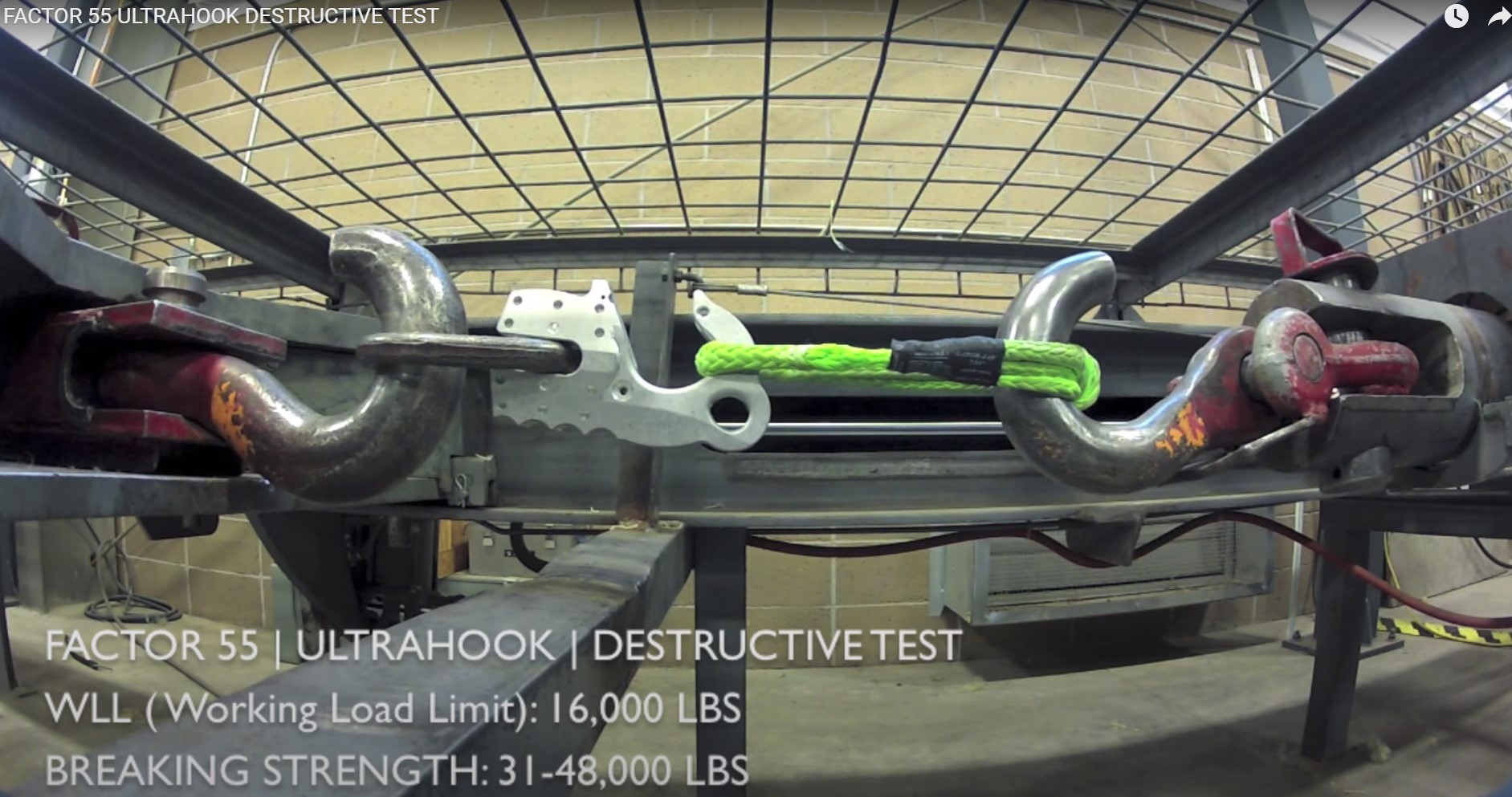
Why modern 4x4s break the laws of robotics
The modern vehicle is an amazing feat of engineering, and an even more amazing feat of electronic and computing design. There are sensors everywhere, for everything – wheel speeds, steering wheel angles, all over the engine, even monitors to detect how dark or wet it is. And soon there’ll be more, fed by data over the Internet, and active monitors for the condition of the driver.
All this information is used by the car to figure out what to do, when, or in some cases what not to do. You may think you’re controlling the car, but in reality, you’re not.
These days we do not drive cars, we give instructions to a computer which interprets our desire and makes on our behalf further instructions to the vehicle systems, as it sees fit, not necessarily as the driver sees fit.
This is done in the name of safety, and vehicle preservation. For example, you can’t over-rev modern engines as the fuel cuts out once you hit redline. If you have an auto, you cannot shift down if doing so will exceed the maximum rev limit. Hook into a corner too fast and stability control will brake the wheels for you, and even restrict your ability to increase the throttle. These advances are, unquestionably, making car-based transport safer for all concerned and avoiding expensive repair bills.
The world is moving ever-more quickly to entirely autonomous driving, and once there we will enjoy unprecedented transport safety and see entire industries such as insurance, panelbeaters, towies and like become almost redundant. For society as a whole, that is a true advance and to be welcomed, although the effect on humanity is likely to be wider than may be first thought.
But we are not yet at that nirvana. We are in a transition state where cars are controlled partially by humans and partially by computer, and the implications have not really and truly been thought through by manufacturers, regulators or consumers. Let’s take limp mode, as recently highlighted by allegations that VW cars are prone to just losing power.
If a vehicle develops a fault then to avoid further problems the logical action is to shut the vehicle down, or at least restrict its operating capabilities so that damage is minimised. There is also a safety argument that the fault, whatever it is, may cause the vehicle to be unsafe so if the driver can’t drive it, then accidents are avoided. This restriction of capability is known as ‘limp mode’ where the car typically restricts revs to around half or a third of maximum, and may reduce the number of gears that you can select in automatics. Advanced features such as variable-height air suspension may be disabled too.
All this is quite logical, but rather narrow-minded. For a wider perspective we need to consider the wise words of one Isaac Asimov, who created the Laws of Robotics:
- A robot may not harm humanity, or, by inaction, allow humanity to come to harm.
- A robot may not injure a human being or, through inaction, allow a human being to come to harm.
- A robot must obey the orders given to it by human beings, except where such orders would conflict with the First Law.
- A robot must protect its own existence as long as such protection does not conflict with the First or Second Laws.
Change “robot” to “car” and you can see that the vehicle could well be in contravention of Law 1 by refusing to sacrifice itself if human could be saved from harm. As an example, let’s take a car merrily cruising along a busy freeway at 100km/h. The car develops a fault, and goes into limp mode to preserve the engine. Unfortunately, the sudden loss of power does little to preserve the life of the car’s occupants, or the other road users who have to deal with a sudden deceleration, without brake lights. But hey, the engine’s ok!
Another example, and this time we’ll consider offroad vehicles. Let’s say you’re stuck in the middle of the desert with an overheating fault. Modern vehicles go into limp mode and refuse you any more than say 1500rpm. Not enough to crest a sandy dune. But what if you could have 3000rpm, and then you rested the car for ten minutes to let it cool? You could make slow, but sure progress. That’s what you’d do with an older vehicle, but you just can’t with a newer one.
Or let’s say you’re at the bottom of a long, rocky climb, your 4WD’s engine has some sort of a problem and a member of your party is need of serious medical assistance. You’d like to be able to drive to the top of the hill where there’s the doctors, but your car is in limp mode and “computer says no”, in order to protect the car. You, as a human, would happily kill the engine if needs be in the climb just to get to, or even close to the medics, but you simply don’t have that option. And that’s wrong, pure and simple.
Now you may be thinking that limp mode is only activated in dire emergencies when the engine would die anyway. Let me assure you that is absolutely not the case. I have seen cars unable to even start an engine because of a satnav fault, and enter limp mode because of a busted tail light. Sometimes there’s not even anything wrong per-se, but the computer missed a signal from a sensor, or the signal was out of the expected range so hey ho, limp mode we go. This happened to me only last week in a brand new press vehicle – instant power loss out of a roundabout. Switched it off then on, back to normal and full power, albeit with a check engine light on. And I might have been able to fix that had I bothered to disconnect the battery leads and reconnect them.
The reason for this all-or-nothing approach is simplicity and safety – in the event of a fault its easier to play safe and shut things down than to follow the principle of graceful degradation, which means identifying exactly what the problem is and disabling or restricting only those systems. Car manufacturers could learn a thing or two from the human body. Imagine if you broke your left arm and your body decided to shut down your brain and heart, on the basis it’s all connected by the same blood system. Well, that’s exactly how modern vehicles are designed. First-aiders will know how the body also sacrifices everything else to keep the essentials operating, unlike cars, and if you really needed to use your broken arm you could, albeit in excruciating pain, it’d still do what you want as best it could.
Now we need to be clear on one point. This is not, absolutely not a VW-specific problem. Sure, VW are copping some flak at the moment, but the fact is the basic electronics are all manufactured by a few companies and re-sold to companies like VW who all design their cars in much the same way – ignoring Mr Asimov’s advice – so this problem is very much one for the modern age.



2 Comments
by Andrew Smallman
Couldn’t agree more, we as him an beings are supposed to be the smart ones so the ultimate decision if the engine goes bang for one final time to achieve a task required of it should be our choice to make!
by Andrew Smallman
Human beings even!